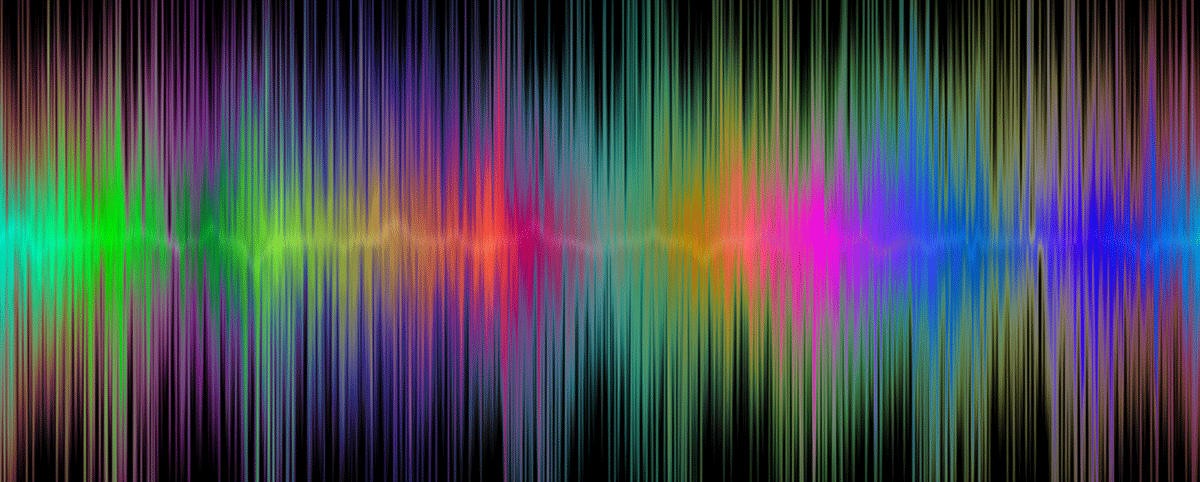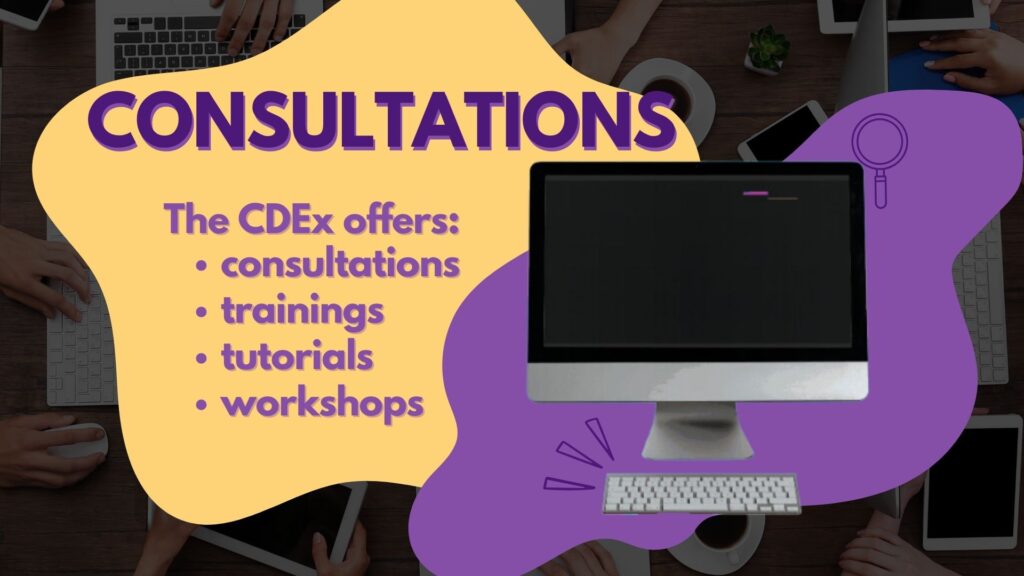
Audio refers to recorded, transmitted, or reproduced sound. Audio can be digital (speaking into your cell phone) or analog (speaking into your gramophone if you had one). Digital is more convenient for recording and transmitting audio, but if you would like to know more about the digital vs. analog differences, check out the “Comparison of analog and digital recording“ article on Wikipedia.
Understanding the mechanics of audio recording is extremely important for recording live music and interviews. Audio is often just as important as—if not more important than—the visual in a video. Recorded audio commentary is a great way to give voice to digital presentations. Music and/or sound effects are also great ways to liven up an animation.
The following sections provide an overview of Processes, Tips, Tools, and Resources for working with audio.
Getting Started
You should consider your available resources for audio recording based on the following factors: access, feasibility, affordability, and level of comfort with specific equipment.
Also, take into consideration your goals and expectations. If your equipment and skills aren’t adequate for what you want to do, consider scaling back or modifying your goals.
Test Equipment
Take a sample recording, transfer it to your computer, and assess whether changes need to be made in equipment, equipment settings, expectations, and/or recording environment.
In Progress
Once you start recording, keep in mind the following tips:
- Don’t turn up the volume; get closer.
- Keep the mic closer to the sound source. Remember, external microphones tend to be better than on-camera microphones.
- When going for realism, remember to aim for more isolated sounds during close-ups and more background sounds during wide shots.
- Environments are usually noisier to a mic than to the ear. Plan ahead by trying to eliminate as much background noise as possible.
Finishing Up
In post-production, consider the following:
- Use headphones when mixing and editing audio.
- When incorporating multiple audio tracks (sound effects, music, etc.), try to establish a natural balance between dialogue and other audio.
- Use a compressor to average the volume throughout the audio clip.
- In some types of editing software, use a tonal equalizer (EQ) to balance the low, mid-range, and high tones.
Interview Tips
Before conducting your interview, take these suggestions into consideration:
- Choose a quiet interview location.
- Be aware of clocks, air-conditioners, traffic, wind, etc.
- Always wear headphones when recording (what you hear through your headphones is what you’ll hear on your finished recording).
- Test the equipment before starting your interview.
- Keep the mic close (about 7 inches away).
- Be careful of noise when handling the mic.
- Avoid popping by angling the mic slightly away from your mouth.
Smartphone Interview Tips
Can’t conduct your interview face-to-face? No problem. You can always conduct a phone interview instead. Take these tips into consideration for a more successful phone interview:
- Put your phone on airplane mode so your audio won’t be interrupted by calls or texts.
- Be silent when the interviewee is speaking. This will seem strange to you during the interview since people tend to verbally affirm that they are listening. However, your “hmmm mmm”s and “yeah”s will seem out of place and can distract from what your interviewee is saying.
- When possible, break your interview up into smaller chunks where appropriate. Shorter audio files will make it easier for you during the editing or transcribing processes. Transcribing a one-hour audio clip can become burdensome. If you can’t split up your recordings create markers for yourself so you can see or hear the different segments of your interview (i.e. you can verbally say: “question 2” or something to give you an idea of where you are).
- Before your interview, record one minute of ambient sound where no one is talking. This will allow you to add additional ambiance when you want to create pauses between segments where no one is talking.
- Transfer audio from phone to computer ASAP for editing and file safety.
- Save! Back up in multiple sources (hard drive and online [e.g. Dropbox, Google Drive).
- For more tips on recording phone interviews, check out Neal Augenstein’s PBS article, “The Easiest Way to Record Phone Interviews? Have the Subject Use an iPhone to Record Themselves.”
Microphones
There are many types of microphones, so make sure you do your research before recording:
- Dynamic mics are robust and inexpensive with low-frequency response
- Ribbon mics have great frequency response but are fragile and expensive
- Condenser mics have great frequency response but are fragile
- Portable recording devices are small and convenient but expensive
For more information on each of these types, watch the following Lynda segment: “Audio recording tutorial: The different microphone types.”
For a general introduction to and reviews of portable audio recorders, watch the B&H “Portable Audio Recorders” segment.
Types of free audio-editing software
- Audacity (Mac and PC)
- Kristal Audio Engine (PC only)
- Wavosaur (PC only)
For a review of Audacity, Kristal, and Wavosaur, read the “Best Free Audio Editing Software” article from Gizmo’s Freeware.
Need help with Audacity? Head to our “Audacity Tutorial” page to work through a past tutorial or watch the “Audacity Tutorial” video produced by Joanna Schmidt, former Assistant Director of the Center for Digital Expression.
GarageBand Tutorial
Thanks to our Spring 2017 Intern Aubrey Fineout, we’re happy to share this video tutorial, “How to Record Audio with Garage Band.”
As you’ll also see in Copyright & Fair Use, it’s always a good idea to try to use music free of copyright restrictions (unless you have composed the music and hold the copyright yourself). The resources listed below offer good quality music that has been made available for various use without the restrictions of copyright.
Free Resources
An unlimited free resource for audio and much more.
Great resource. You can filter other sites using creative commons copyright standards to find images, music, video, etc.
An archive of media content uploaded by Wikipedia users—images, sounds, and video.
Resources Requiring a Free Account
A source for copyright-free music with robust search features.
“Freesound is a collaborative database of Creative Commons Licensed sounds. Browse, download, and share sounds.”
